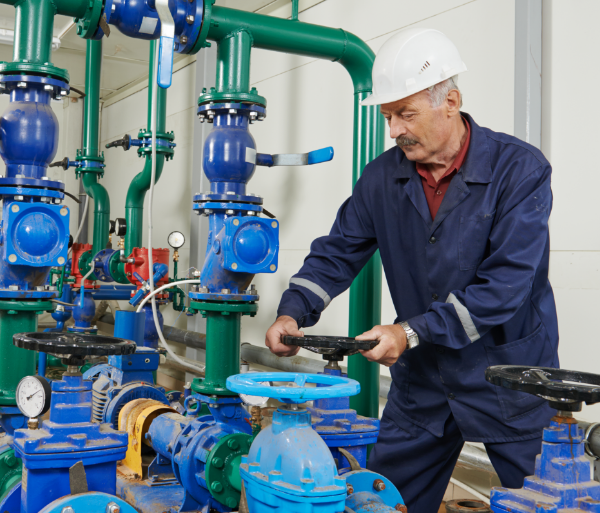The Lifeline of Fire Safety: Why Fire Pump Repair & Maintenance is Non-Negotiable
Fire pumps are the foundation of every fire suppression system; they keep the mains under pressure and deliver the appropriate volume of water or fire extinguishing mixtures to the target area in the case of a fire, guaranteeing a successful emergency response. Their failure threatens not only the safety of property but also the lives of people. Therefore, a timely inspection of this equipment, including necessary fire pump repair, is a strictly mandatory event.
What is included in fire pump repair?
The fire pumps repair work and their periodic maintenance include:
- Cleaning electrical contacts from oxides, checking the condition of the wiring at the connection points (for electric motors);
- Checking the fuel system for stability of fuel supply (presence of blockages) and absence of leaks (for diesel engines);
- Monitoring the condition of shut-off valves (gate valves, taps, valves), assessing the filling level of tanks;
- Identifying leaks in the sealing elements of pumping equipment by testing it with water, followed by eliminating weak points;
- Checking control and measuring equipment, replacing failed pressure gauges and other devices;
- Monitoring the condition of vacuum seals, valves, and their attachment points, assessing the tightness of the latter and the uniformity of the fit of adjacent surfaces;
- Checking the general functionality of the pumping equipment by turning it on with a test operation of the system, measuring the throughput capacity.
In addition to the maintenance of fire pumps, upon additional request, their modernization can also be carried out: installation of new equipment, measuring equipment, or other components. Regular fire pump repair ensures that all components are functioning effectively, which is crucial for safety.
Fire pump maintenance entails a number of necessary services to ensure that the system runs smoothly and consistently. Inspection and testing of the pump’s mechanical and electrical systems, leak detection, and assessment of the quality of components such as impellers and seals are all important aspects of fire pump maintenance. Technicians may also clean or replace filters, modify or replace control panels, and test the fire pump’s performance in a variety of scenarios. Furthermore, full documentation of repairs and maintenance undertaken is critical for compliance with safety standards. Regular maintenance and prompt repairs enhance the life of the fire pump and assure peak performance during emergencies.
Regulations for checking the pumping unit
All pump maintenance work is divided into 2 large groups: annual and daily or monthly maintenance.
Daily Maintenance– The organization conducts daily inspections by its personnel, eliminating the need for third-party accredited professionals. This includes:
- Inspecting equipment before and after shifts;
- Checking the functionality of taps and other shut-off valves;
- Checking the oil level in the shaft bearings.
If lubrication of moving parts is carried out using grease nipples, they require periodic filling, the frequency of which depends on the actual flow rate.
Yearly Maintenance– At least once a year or when necessary, the following routine maintenance work is performed:
- Pressure testing of the pump with water at a pressure of 1.2 times the working pressure with water supplied with closed valves to determine the places with the least tightness;
- Replacement of seals, gaskets, and other worn sealing elements.
- The results of the inspections are entered into the relevant log and also indicated in the report drawn up upon their completion. Proper documentation of all activities, including any fire pump repair, is essential for maintaining compliance with safety regulations.






